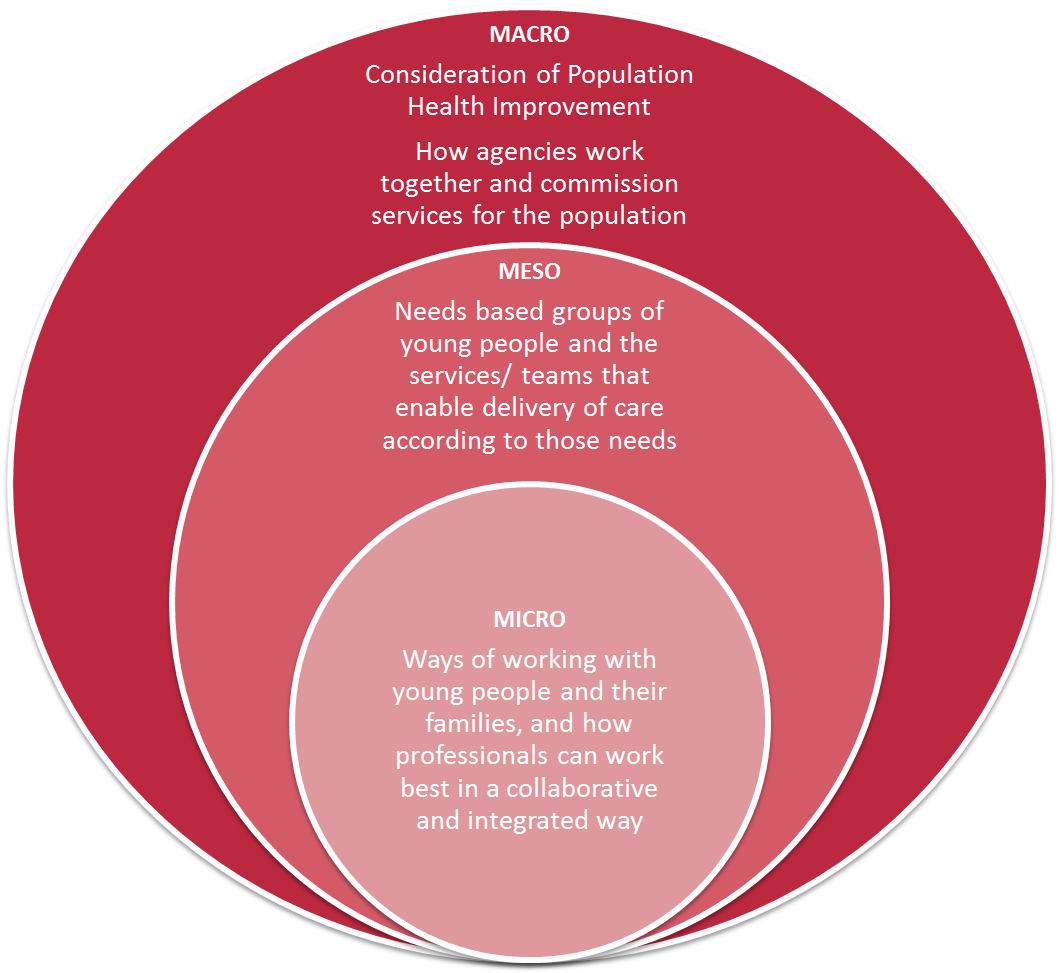

In order to assess whether or not the nine CLAHRCs have fulfilled the aims and objectives of the national programme, it is important to have a sense of whether the understanding of individual CLAHRCs matched the intentions of the Department of Health and the NIHR. This lack of a single account is significant given the interest in the programme as a “natural experiment” in different modes and methods of translating knowledge to practice in that each CLAHRC proposed and has implemented a different approach to knowledge translation. Whilst there is some information on the origins of the CLAHRCs, the national-level policy and the programme’s aims and objectives have not been systematically analysed. In October 2008, the National Institute for Health Research established nine Collaborations for Leadership in Applied Health Research and Care (CLAHRCs) across England with five years of funding and a mission to ‘bring together universities and their surrounding NHS organisations (including primary care) to test new treatments and new ways of working’. It could be used to identify differences at a local (micro) level in the implementation of multi-site programmes that would help understand differences in programme effectiveness. The macro-meso-micro frame analysis is a useful way of studying the transition of a policy from high-level idea to programme in action. Local level implementation in North West London was also consistent with these. ResultsĪnalysis at the macro (national policy), meso (national programme) and micro (North West London) levels shows a significant common understanding of the aims and objectives of the policy and programme. Data collection and analysis were qualitative through interviews, document analysis and embedded research. This study uses a variation of Goffman’s frame analysis to trace the development of the initial national CLAHRC policy to its implementation at three levels. The goal of this paper is to assess how national-level understanding of the aims and objectives of the CLAHRCs translated into local implementation and practice in North West London. One response to bridging the ‘second translational gap’ between research knowledge and clinical practice was the establishment of nine Collaborations for Leadership in Applied Health Research and Care (CLAHRCs).
MACRO MICRO SERIES
It shows that although volumes diverted were greatly reduced (and were even zero in 2002) the impact on production was much less, due to a series of adjustment and massive substitution of groundwater for surface water.The publication of Best research for best health in 2006 and the “ring-fencing” of health research funding in England marked the start of a period of change for health research governance and the structure of research funding in England. It reviews the impact of dam management, the impact of supply reduction on water allocation and agricultural production, and examines the coping strategies used by farmers at the local level. This paper examines the 1999-2002 drought in the Zayandeh Rud basin, central Iran. It is very important for water planners to better understand the relationship between a water deficit and agricultural performance in times of drought.

It shows that although volumes diverted were greatly reduced (and were even zero in 2002) the impact on production was much less, due to a series of adjustment and massive substitution of groundwater for surface water.ĪB - The irrigation sector is usually the first water user to be restricted in case of drought and agriculture is most affected.

N2 - The irrigation sector is usually the first water user to be restricted in case of drought and agriculture is most affected. T1 - Macro- and micro-level impacts of droughts: The case of the Zayandeh rud river basin, Iran


 0 kommentar(er)
0 kommentar(er)
